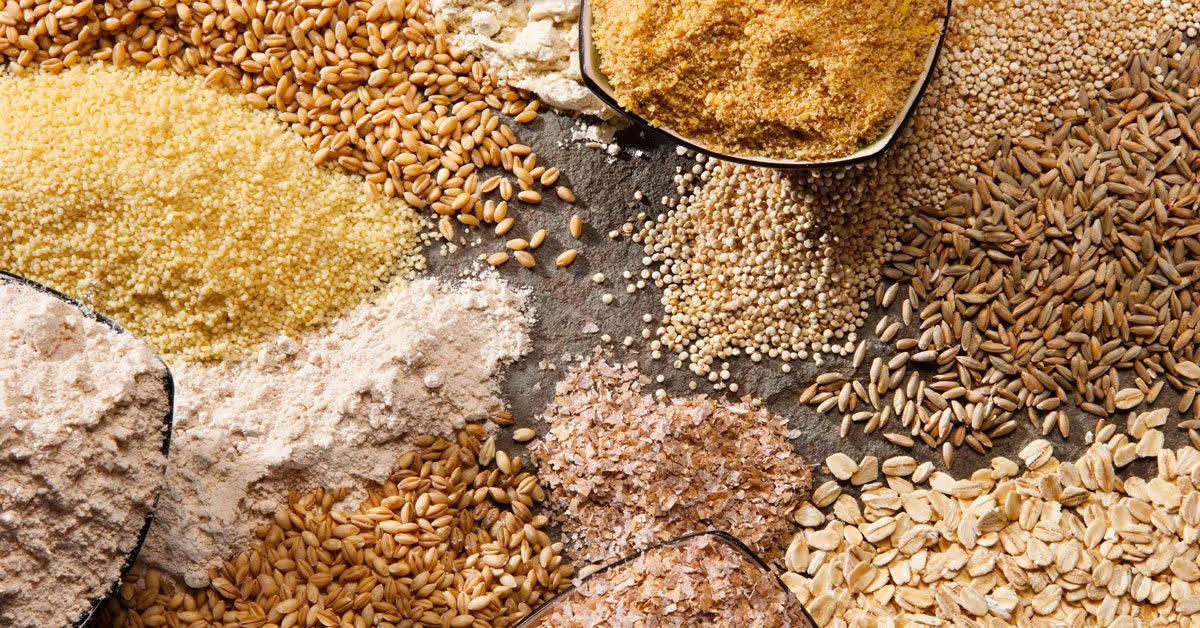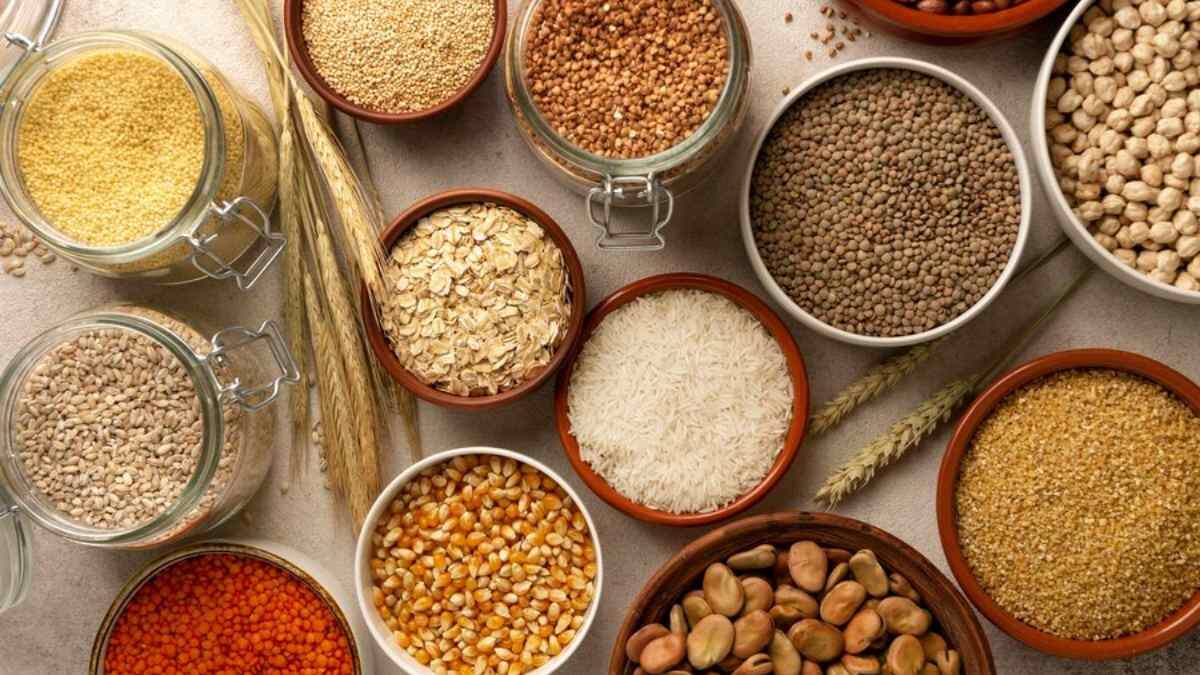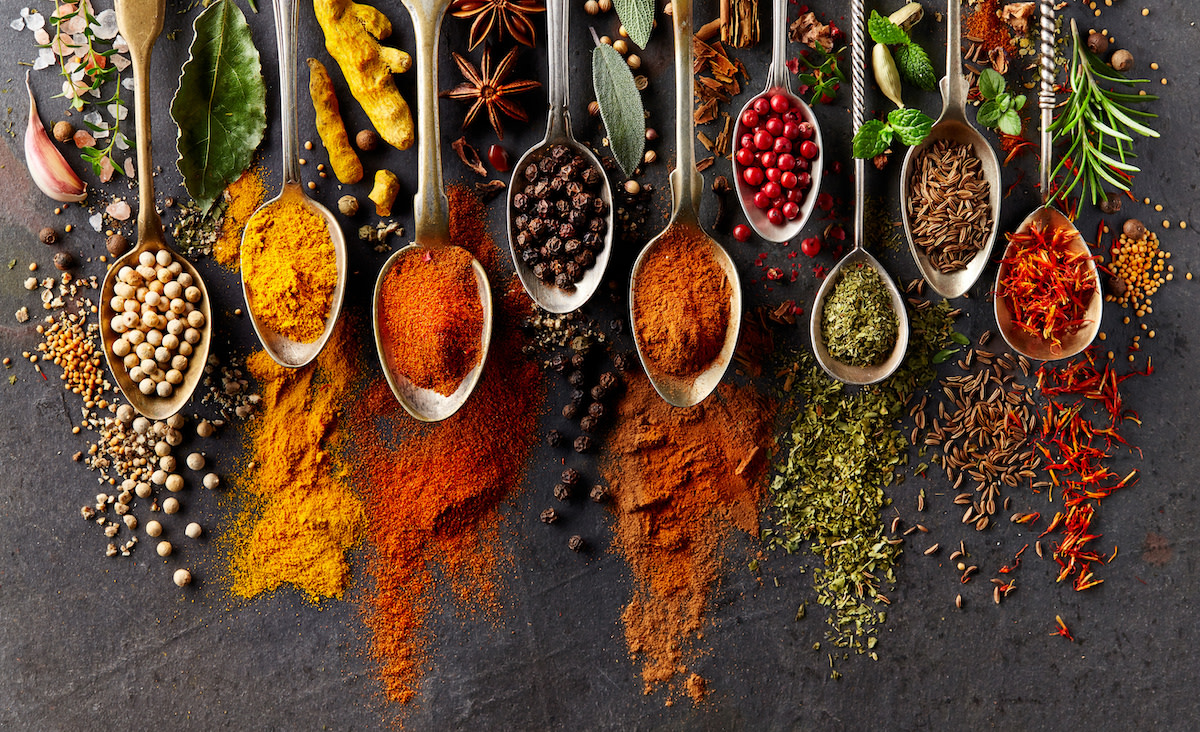Grains of the World: A Global Pantry at Your Doorstep
Grains are not just a staple of our diet; they are a reflection of our global diversity. From the lush fields of South America to the highlands of Africa and the Mediterranean basin, grains have sustained civilizations for millennia. In this article, we’ll delve into the world of grains, exploring their unique flavors, textures, and cultural significance.
Exploring Quinoa: The Superfood Staple
Quinoa, hailed as a superfood, originates from the Andean region of South America. Packed with protein, fiber, and essential nutrients, quinoa has garnered worldwide attention for its health benefits. Its versatility in cooking makes it a favorite among chefs and home cooks alike.
Nutritional Benefits of Quinoa
Quinoa is a complete protein, containing all nine essential amino acids. It is also rich in fiber, vitamins, and minerals, making it a nutritious addition to any diet.
Versatility in Cooking
From salads and soups to stir-fries and breakfast bowls, quinoa can be incorporated into a myriad of dishes. Its mild, nutty flavor complements both savory and sweet recipes, offering endless culinary possibilities.
Amaranth: A Nutrient-Rich Grain with Ancient Roots
Amaranth traces its origins back to ancient civilizations in Mesoamerica and the Andes. This pseudo-grain is not only gluten-free but also packed with essential nutrients, including iron, magnesium, and calcium.
Health Benefits of Amaranth
Amaranth is renowned for its heart-healthy properties and its ability to boost immunity. Its high protein content makes it an excellent choice for vegetarians and vegans.
Culinary Uses and Recipes
Amaranth can be popped like popcorn or ground into flour for baking. It adds a nutty flavor and a delicate crunch to dishes, whether used in porridges, granolas, or as a gluten-free alternative to traditional grains.
Teff: The Tiny Grain with Big Potential
Teff, a staple in Ethiopian cuisine, is the world’s smallest grain but packs a nutritional punch. It is rich in iron, calcium, and resistant starch, making it a valuable addition to a balanced diet.
Ethiopian Origins and Cultural Significance
In Ethiopia, teff is not just a grain; it is a cultural icon. It forms the basis of injera, a traditional flatbread enjoyed with stews and curries. Teff farming also plays a crucial role in the country’s economy and agricultural heritage.
Gluten-Free and Nutrient-Packed
Teff’s gluten-free status has made it a popular choice for individuals with celiac disease or gluten intolerance. Its complex carbohydrates provide sustained energy, making it an ideal option for athletes and those with active lifestyles.
Farro: An Ancient Grain Making a Modern Comeback
Farro, an ancient wheat variety, has been cultivated in the Mediterranean region for thousands of years. Its nutty flavor and chewy texture make it a favorite in Italian cuisine.
Historical Significance
In ancient Rome, farro was a dietary staple consumed by soldiers and civilians alike. Today, it is prized for its rich flavor and nutritional benefits, including fiber, protein, and vitamins.
Cooking Techniques and Recipe Ideas
Farro can be simmered into a hearty risotto, tossed into salads, or used as a base for grain bowls. Its robust texture holds up well in soups and stews, adding depth and complexity to every dish.
Embracing Global Diversity on Your Plate
By incorporating grains from around the world into our diets, we not only nourish our bodies but also celebrate the rich tapestry of human culture. From the Andes to Africa, grains connect us to our culinary heritage and sustainably feed our growing population.
Celebrating Cultural Heritage through Food
Each grain tells a story of resilience, adaptation, and innovation. By honoring these traditions, we pay homage to the communities that have cultivated them for generations.
Sustainable Farming Practices
As we embrace global flavors, it’s essential to support sustainable farming practices that protect our planet and promote biodiversity. By choosing grains that are grown with care for the environment, we can ensure a brighter future for generations to come.
Conclusion
Grains of the world offer a passport to culinary adventure, inviting us to explore new flavors, textures, and traditions. From quinoa and amaranth to teff and farro, the global pantry is brimming with possibilities. So next time you’re in the kitchen, let your taste buds travel the world and savor the diversity that grains have to offer.




